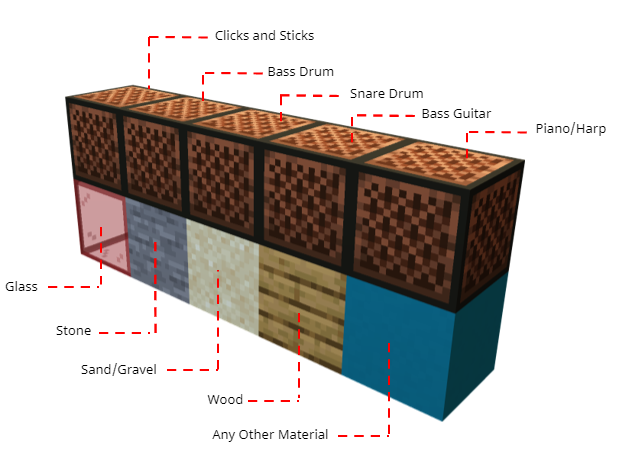Teach: Part 3—Outputs
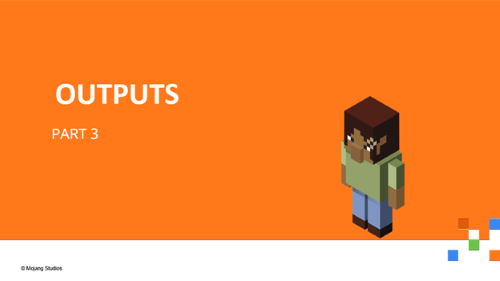
So far, we learned:
- How to generate Redstone power
- The distance Redstone power can travel
- How we can manipulate the process and measure signal strength
It’s time to look at outputs. We’ll explore some outputs to learn what they can do.
Outputs are the items we want to power to enable their functionality.
Redstone lamps can be switched on and off through Redstone circuitry or manual activators. We’ve already used Redstone lamps to demonstrate how power and manipulation blocks work. Lamps can be powered from all sides, making them versatile enough for walls, floors, ceilings, and specialized lighting.
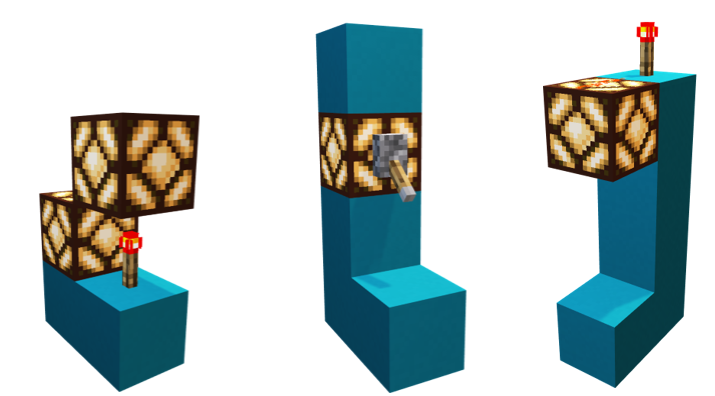
Dispensers produce an output facing any direction. They can hold nine stacks of items and will eject an item, sometimes activated when powered.
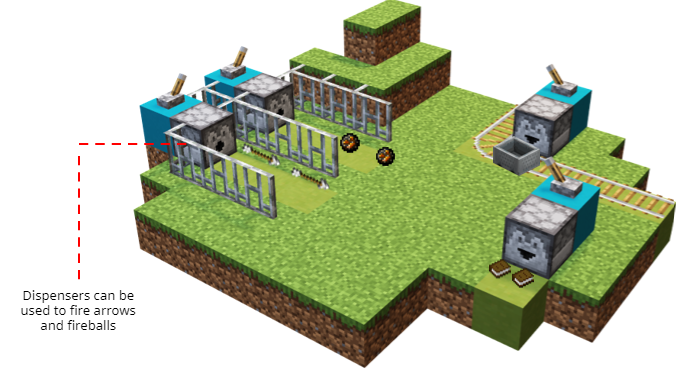
Droppers are so-called as they drop items from your inventory. Unlike dispensers, droppers can’t activate items but merely throw them forward.
Hoppers are more like droppers as they can only move items. The hopper has a unique function that can be used to siphon things from one object to another. A hopper could collect drops from mob-infested caves or move items from one chest to another.
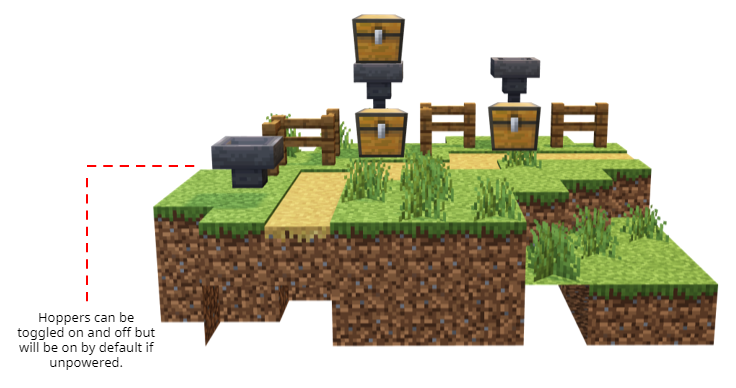
There are several specialized Redstone rails in Minecraft that can work as part of a circuit. Rails cross the spectrum of functions that we've already seen – they can output power, and detect storage, while others still will interact with a minecart that passes over the rail.
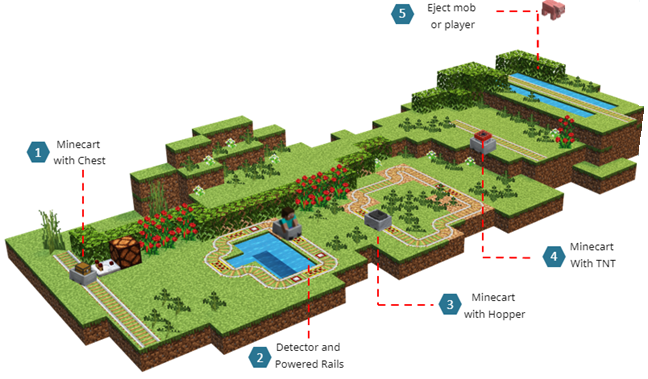
- Example 1: When combined with comparators, detector rails can measure how full minecart hoppers or chests are.
- Example 2: Detector and powered rails can be used to provide continuous momentum along a track
- Example 3: When the activator rail is deactivated, it can activate a minecart with a hopper. This allows the minecart to pick up items along its route until it’s full or deactivated.
- Example 4: Activator rails can begin the detonation of a minecart with TNT.
- Example 5: The final activator rail function can be seen when an entity in a minecart passes over the activator rail. The rail will eject the mob or player in the cart.
The final outputs produce sound and light.
When a Redstone signal passes through a note block, it produces a sound dependent on the block it’s standing on. The depth of customization and a simple Redstone circuit can be used to create everything from nursery rhymes to versions of popular songs. You can use repeater delays to the correct rhythm of songs too.
